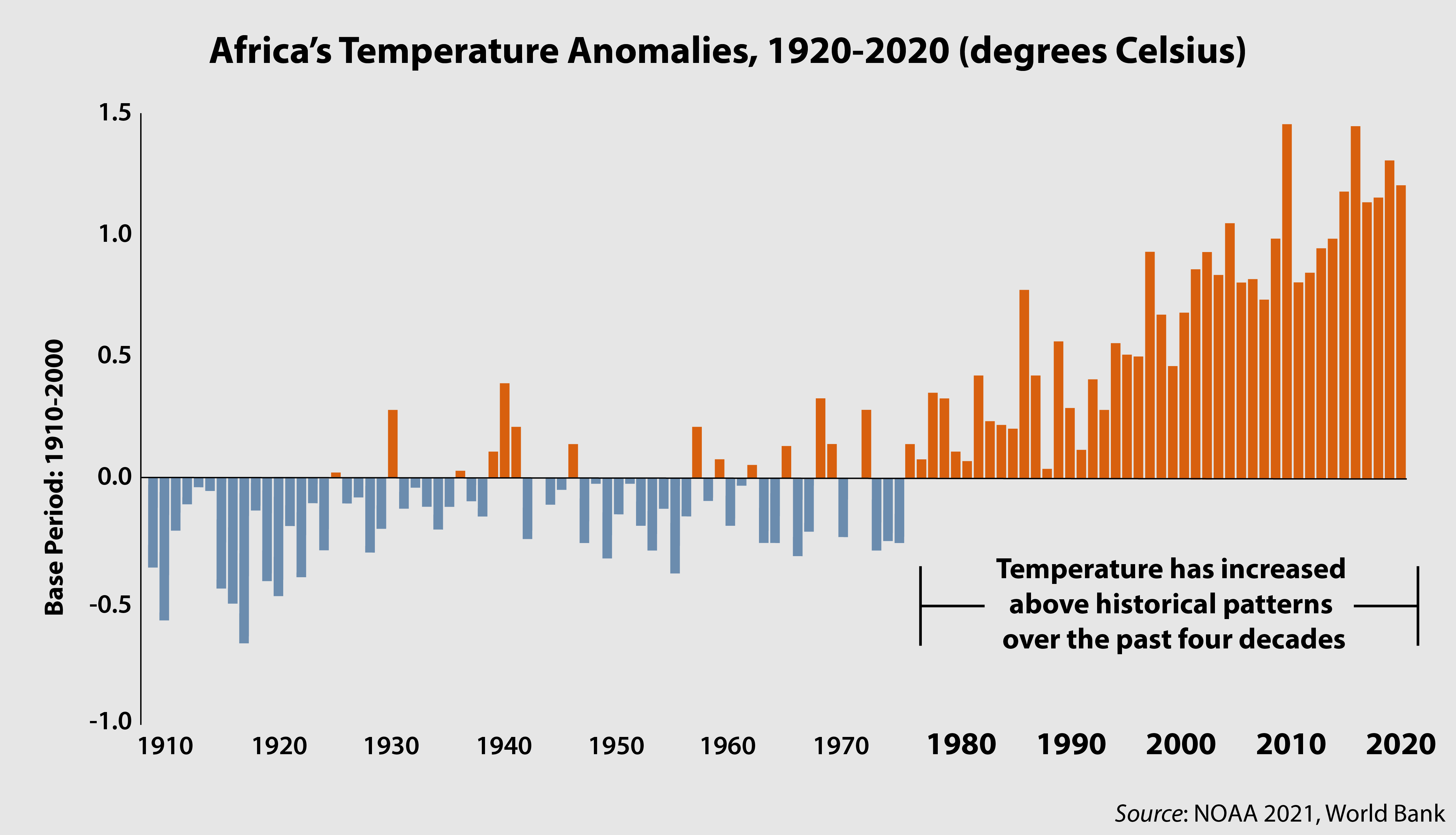Post 6 - Moving Towards A Water-Secure Future
 |
| Africa's Exponential Temperature Rise from 1980 |
Like most African nations, Ethiopia strives for a water-secured future, exemplified by its journey to build a secure water system. However, these endeavours will prove futile if climate change is ignored. Climate change has long faced scepticism and politicisation; notably, former President Donald Trump once dismissed it as a hoax in 2018. Conflicting information further undermines public trust and hampers support of climate-related policies (Smith & Mayer, 2018). The 2018 Gallup poll (Fig1) underscores limited awareness, with 39% perceiving global warming as generally exaggerated.
 |
| Fig1: Gallup Poll: Public Opinion on Global Warming. |
In 2022, the World Meteorological Organization documented 80 climate hazards in Africa. The State of the Climate in Africa 2021 revealed heightened water stress, notably contributing to the Algerian's wildfires and the Horn of Africa’s worst drought in 40 years, where 5,000 died and $8.5 billion incurred economic damage. Four out of five African countries may not achieve sustainable water management by 2030.
Global Failure
“Africa is responsible for only a fraction of global greenhouse gas emissions but suffers disproportionately from climate change."
-State of the Climate in Africa 2022 report.
The African continent’s tropical location and the Clausius-Clapeyron relation amplify the evaporation rate required to reach saturation vapour pressure and trigger precipitation. Climate change heightens the risk of heavy floods and prolonged periods of drought, contributing to soil moisture variability. This adversely affects crop yields and agricultural communities (Ware et al., 2023), hindering SDG1 - poverty eradication efforts. Tragic stories like Maya, reported by UN Human Rights, underscore the toll on livelihood, where water conflicts forced individuals to flee.
Despite opportunities presented, the African Conference of the Parties (COP27) failed to address Africa's acute water crisis. COP27 did not rectify the 2009 $100 billion climate finance commitment, as top emitters (Fig2) refusing damage liability. China and India contended that the responsibility should lie with the rich, developed countries - the major polluters. In a last-minute attempt to show progress, a statement on establishing the loss and damage fund was issued; however, without indications on who pays for it.
 |
| Fig2: Cumulative CO2 Emissions by Country. |
 |
| Fig3: Climate Policies vs Global Rising Emissions and Temperature |
Could We Afford to Wait?
The answer is NO. The lack of domestic support coupled with
little international political will and trust between the big nations made
Climate Change the toughest, most intractable political issue we have ever faced.
Trusting governments to lead us into much-needed collective
action might be a misguided hope!

Looking towards the future is a great topic to end on, and I enjoyed reading your assessments of the most recent COP and the Africa COP. I also think you have chosen effective figures, which seems to be consistent across your blog posts, and makes them all the more engaging!
ReplyDeleteHey, thanks for checking out my blogs! I'm so happy you enjoyed them. I've actually rewrote my second blog from scratch. If you've got time, I'd love for you to peek!
Delete